Home>Home Appliances>Kitchen Appliances>How To Get Rust Out Of An Electric Kettle
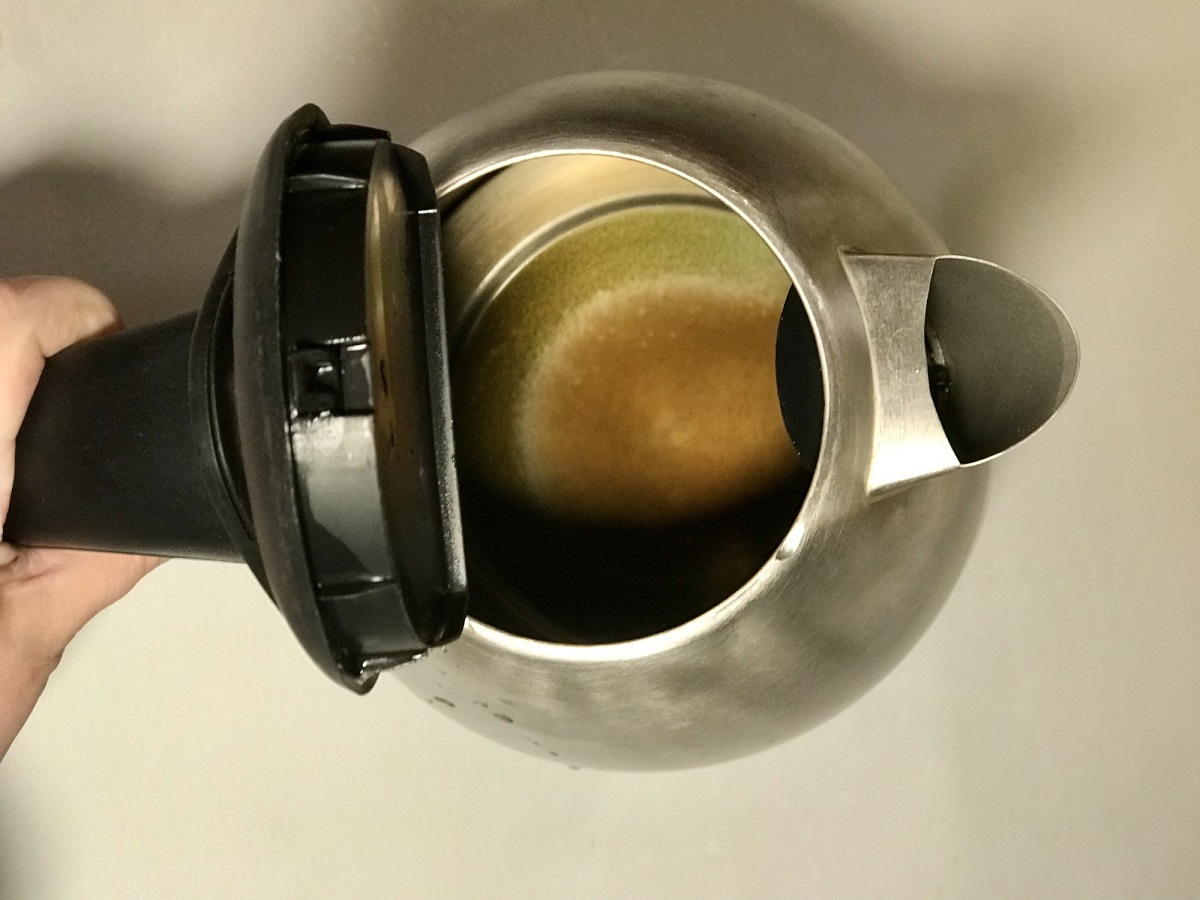

Kitchen Appliances
How To Get Rust Out Of An Electric Kettle
Modified: May 6, 2024
Learn how to effectively remove rust from your electric kettle with our easy-to-follow guide. Keep your kitchen appliances in top condition with these simple tips.
(Many of the links in this article redirect to a specific reviewed product. Your purchase of these products through affiliate links helps to generate commission for Storables.com, at no extra cost. Learn more)
**
Introduction
**
Ah, the electric kettle – a staple in many kitchens, providing the convenience of quickly boiling water for a soothing cup of tea or a steaming bowl of instant noodles. However, over time, these trusty appliances can fall victim to a common enemy: rust. If you've noticed unsightly patches of rust forming inside your electric kettle, fear not! In this comprehensive guide, we will delve into the world of rust in electric kettles, exploring the reasons behind its occurrence and, most importantly, the effective methods for banishing it from your beloved kettle. So, grab a cup of your favorite brew, and let's embark on a journey to restore your electric kettle to its former glory.
**
Key Takeaways:
- Say goodbye to rust in your electric kettle by using vinegar, baking soda, and gentle scrubbing. Prevent future rust by drying thoroughly and descaling regularly.
- Keep your electric kettle rust-free by understanding rust formation, using the right materials, and following a step-by-step rust removal process. Implement preventive measures for long-lasting kettle bliss.
Read more: How To Get Rust Out Of Kettle
Understanding Rust in Electric Kettles
**
Rust, scientifically known as iron oxide, is a reddish-brown substance that forms when iron and oxygen react in the presence of moisture or water. In the context of electric kettles, the interior is typically made of stainless steel or other metals that may contain iron. When the protective layer on the metal surface is compromised, such as through scratches or prolonged exposure to water, the iron within the metal can undergo oxidation, leading to the formation of rust.
Several factors can contribute to the formation of rust in electric kettles. One of the primary culprits is prolonged exposure to water, especially if the kettle is not thoroughly dried after each use. Additionally, the use of hard water, which contains high levels of minerals such as calcium and magnesium, can accelerate the formation of limescale within the kettle. This limescale can harbor moisture, creating an environment conducive to rust formation.
Moreover, physical damage to the interior surface of the kettle, whether through rough handling or the use of abrasive cleaning tools, can compromise the protective layer, making it more susceptible to rust. It is essential to note that rust not only poses aesthetic concerns but can also affect the taste and safety of the water boiled in the kettle.
By understanding the conditions that foster rust formation, we can take proactive measures to prevent it and employ effective techniques to eradicate existing rust, ensuring that our electric kettles remain in pristine condition for years to come.
**
Materials Needed
**
Before embarking on the journey to banish rust from your electric kettle, it’s essential to gather the necessary materials. These items are readily available and will equip you to tackle the task with confidence and efficiency.
- Vinegar: This pantry staple is a powerhouse when it comes to removing rust. Its acidic nature makes it an effective rust-busting agent.
- Baking soda: Known for its versatility in cleaning and deodorizing, baking soda will play a crucial role in restoring the luster of your electric kettle.
- Soft sponge or cloth: To gently scrub the interior of the kettle without causing further damage.
- Water: Distilled or filtered water is preferable for rinsing and preparing the cleaning solution.
- Cotton swabs or soft-bristled brush: These will aid in reaching and cleaning tight spots or crevices within the kettle.
- Lemon (optional): If you prefer a citrus-infused cleaning approach, a fresh lemon can be utilized as an alternative to vinegar.
With these materials at your disposal, you’re well-equipped to commence the rust-removal process and restore your electric kettle to its former pristine state. Now, let’s dive into the step-by-step guide to bid farewell to the pesky rust that has taken residence in your kettle.
**
Fill the kettle with equal parts water and vinegar, and let it sit for an hour. Then, boil the solution and let it cool. Scrub the inside with a brush and rinse thoroughly. Repeat if necessary.
Step-by-Step Guide to Removing Rust
**
Now that you’ve gathered the essential materials, it’s time to roll up your sleeves and embark on the rust-removal journey. Follow these steps diligently to bid adieu to the stubborn rust tarnishing your electric kettle:
- Prepare the Cleaning Solution: Begin by creating a mixture of equal parts vinegar and water. If you prefer a citrus-infused approach, substitute the vinegar with freshly squeezed lemon juice. Pour the solution into the kettle, ensuring that it adequately covers the rust-affected areas.
- Boil the Solution: Place the kettle on its base and allow the cleaning solution to come to a boil. Once the solution reaches a rolling boil, turn off the kettle and let the mixture sit for at least an hour. This allows the acidic properties of the solution to work their magic on the rust.
- Scrub Gently: After the solution has had ample time to work its wonders, use a soft sponge or cloth to gently scrub the interior of the kettle. Focus on the areas with visible rust, applying gentle pressure to lift off the stubborn residue. For intricate spots, utilize cotton swabs or a soft-bristled brush to ensure thorough cleaning.
- Rinse and Repeat (If Necessary): Once the rust has been loosened, thoroughly rinse the interior of the kettle with clean water. If traces of rust persist, repeat the process until the interior regains its pristine appearance.
- Baking Soda Finale: For a final touch, create a paste using baking soda and water. Apply this paste to the interior of the kettle and let it sit for a few minutes. Then, use a soft sponge or cloth to gently scrub the surface. This step will help neutralize any residual acidity and impart a fresh, clean scent to the kettle.
Following these steps diligently will effectively banish the rust from your electric kettle, restoring it to a gleaming, rust-free state. Once the rust has been vanquished, it’s crucial to implement preventive measures to safeguard your kettle from future rust formation.
**
Preventing Rust in Electric Kettles
**
Prevention is indeed the best cure when it comes to thwarting the recurrence of rust in your electric kettle. By implementing these proactive measures, you can safeguard your kettle from succumbing to the clutches of rust in the future:
- Dry Thoroughly: After each use, ensure that the interior of the kettle is thoroughly dried. This simple yet crucial step prevents moisture from lingering within the kettle, mitigating the risk of rust formation.
- Regular Descaling: If you live in an area with hard water, consider descaling your electric kettle regularly. Limescale buildup can create pockets of moisture, providing a breeding ground for rust. Utilize commercial descaling solutions or a homemade mixture of water and vinegar to combat limescale.
- Gentle Cleaning Practices: When cleaning the interior of the kettle, opt for gentle cleaning tools such as soft sponges or cloths. Abrasive materials can compromise the protective layer of the kettle, making it more susceptible to rust.
- Filtered Water Usage: If possible, use filtered or distilled water in your electric kettle. This reduces the mineral content in the water, minimizing the potential for limescale buildup and, consequently, rust formation.
- Storage Considerations: When storing the electric kettle, ensure that it is completely dry. Additionally, store the kettle in a well-ventilated area to prevent moisture from becoming trapped within.
By incorporating these preventive measures into your kettle maintenance routine, you can significantly reduce the likelihood of rust rearing its unsightly head within your trusty appliance. With a little care and attention, your electric kettle can continue to serve up piping hot beverages without the unwelcome presence of rust.
**
Read more: How To Get Rust Stains Out Of A Toilet
Conclusion
**
As we bid farewell to the world of rust in electric kettles, armed with newfound knowledge and practical solutions, it’s evident that maintaining a rust-free kettle is not merely a matter of aesthetics but also a testament to the appliance’s longevity and performance. By understanding the factors contributing to rust formation, equipping ourselves with the necessary materials, and following a systematic rust-removal process, we can restore our electric kettles to their former glory.
Moreover, the implementation of preventive measures, such as thorough drying, regular descaling, and gentle cleaning practices, serves as a proactive shield against the resurgence of rust. These simple yet effective steps ensure that our electric kettles remain pristine and functional, ready to fulfill their purpose of delivering steaming hot water for our favorite beverages.
So, as you savor the next delightful cup of tea or prepare a quick bowl of oatmeal using your electric kettle, take pride in knowing that you’ve triumphed over the pesky rust, preserving the integrity and performance of your beloved kitchen companion. With a little care and attention, your electric kettle will continue to be a steadfast ally, enriching your daily rituals with the comforting warmth of freshly boiled water.
Here’s to rust-free, delightful moments with your electric kettle!
Now that you've tackled rust on your electric kettle, why stop there? For those who cherish their cast iron waffle irons, mastering rust removal can bring back its former glory, ensuring many more delicious breakfasts. Check out our guide on how to get rust off cast iron waffle irons for detailed insights. And don’t forget, a sparkling home includes clean appliances. Our comprehensive guide on cleaning appliances provides step-by-step instructions to keep every gadget in your home in pristine condition. Ready to boost your home maintenance skills? Dive into these reads for more tips and tricks!
Frequently Asked Questions about How To Get Rust Out Of An Electric Kettle
Was this page helpful?
At Storables.com, we guarantee accurate and reliable information. Our content, validated by Expert Board Contributors, is crafted following stringent Editorial Policies. We're committed to providing you with well-researched, expert-backed insights for all your informational needs.
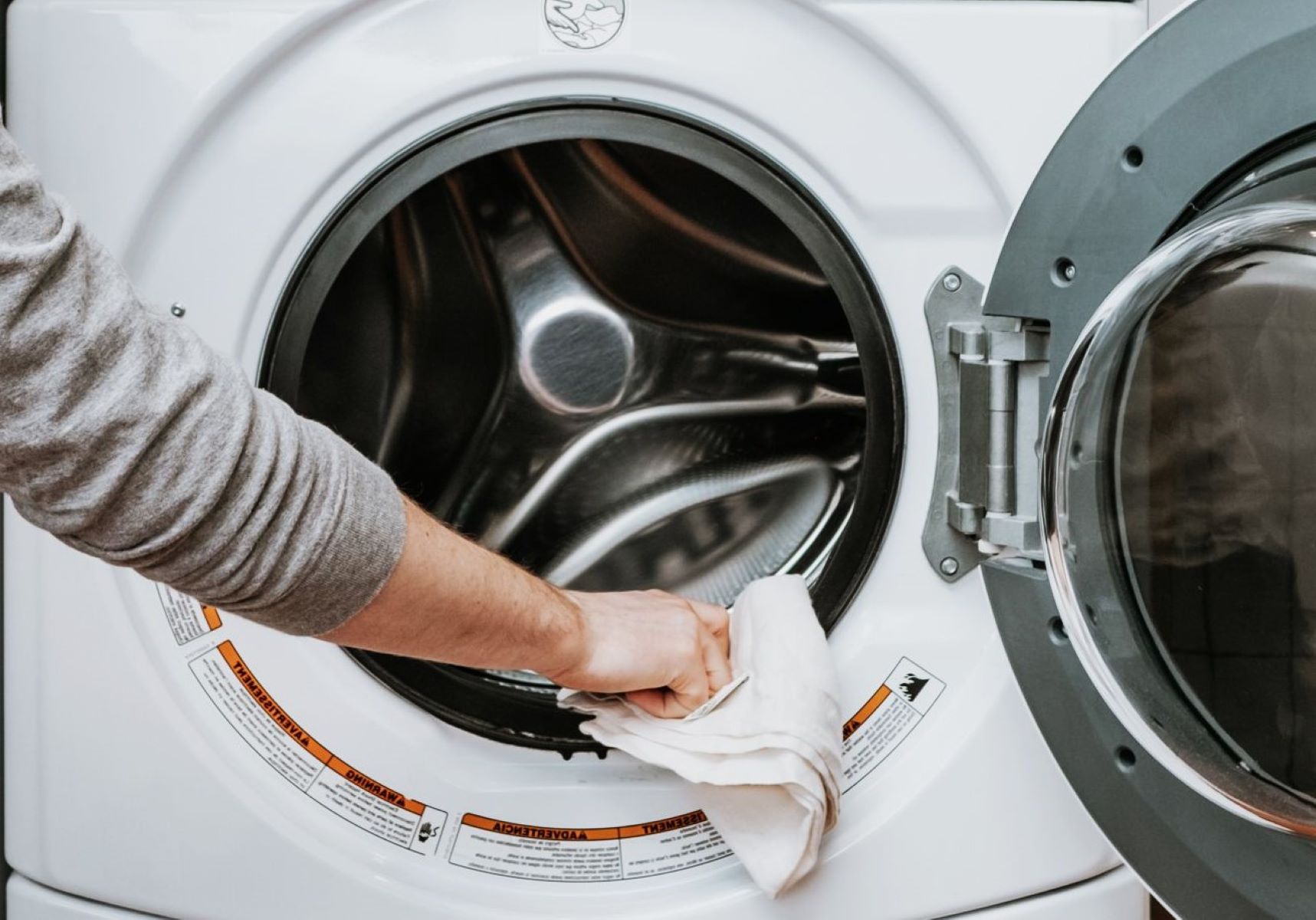
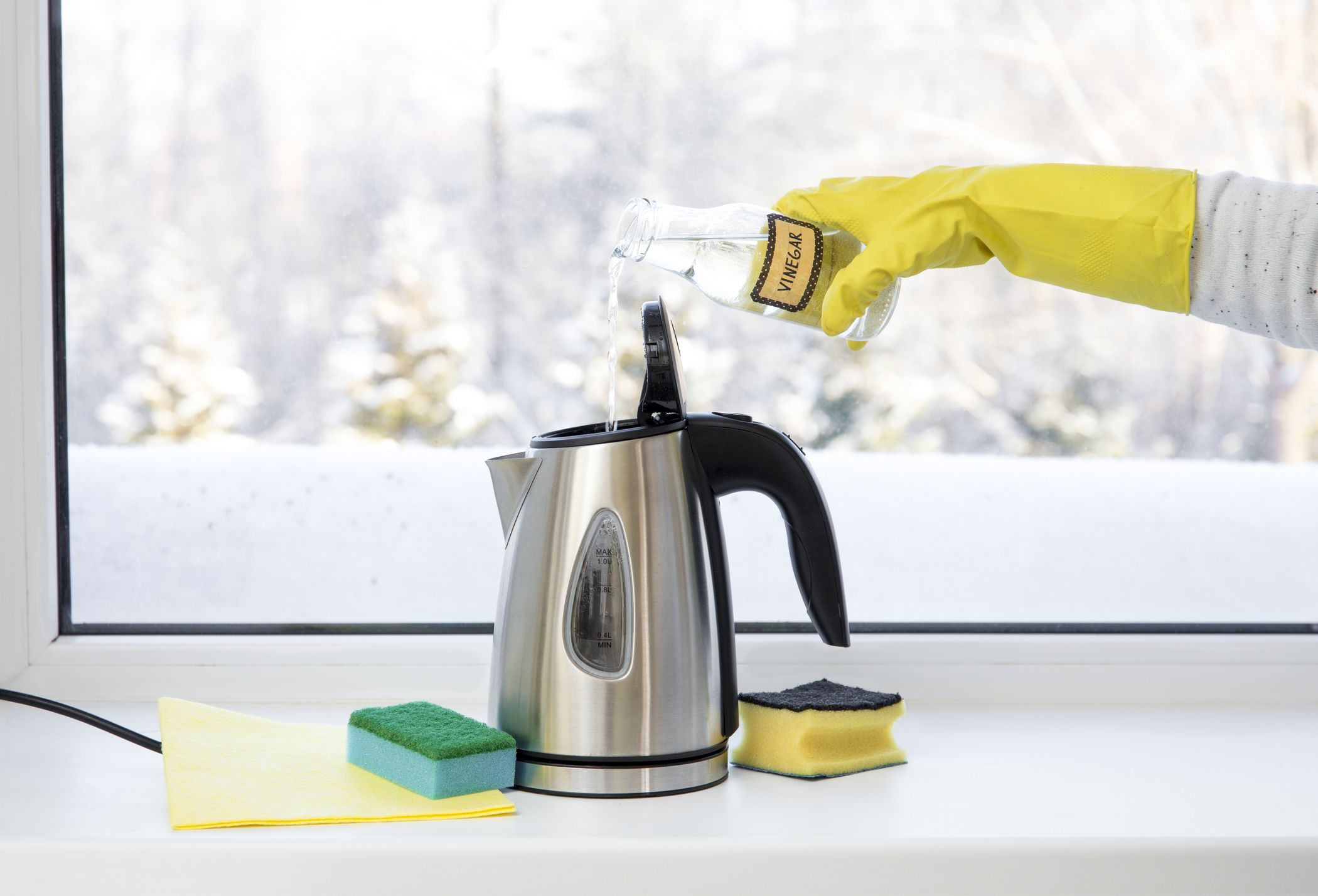
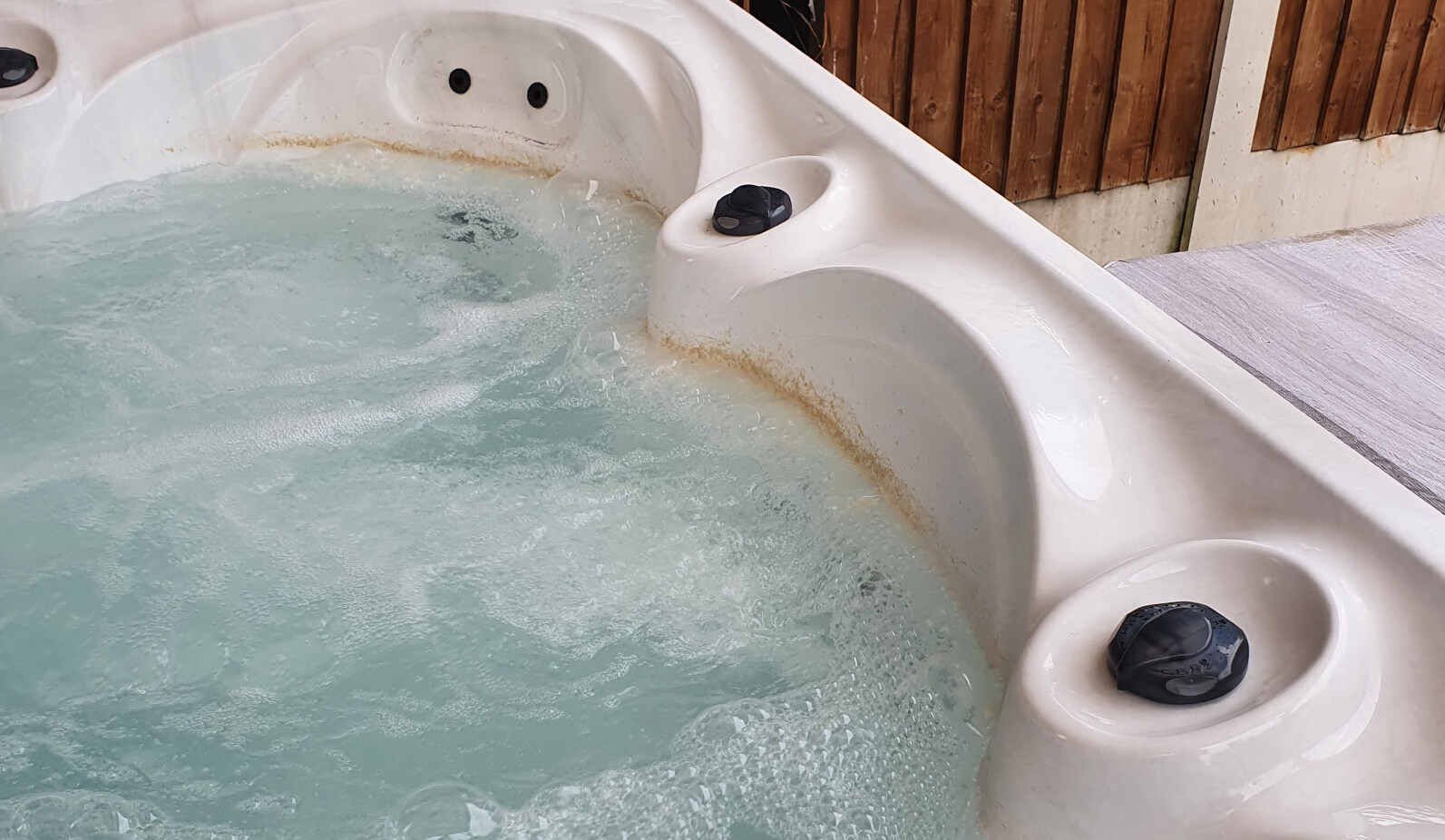
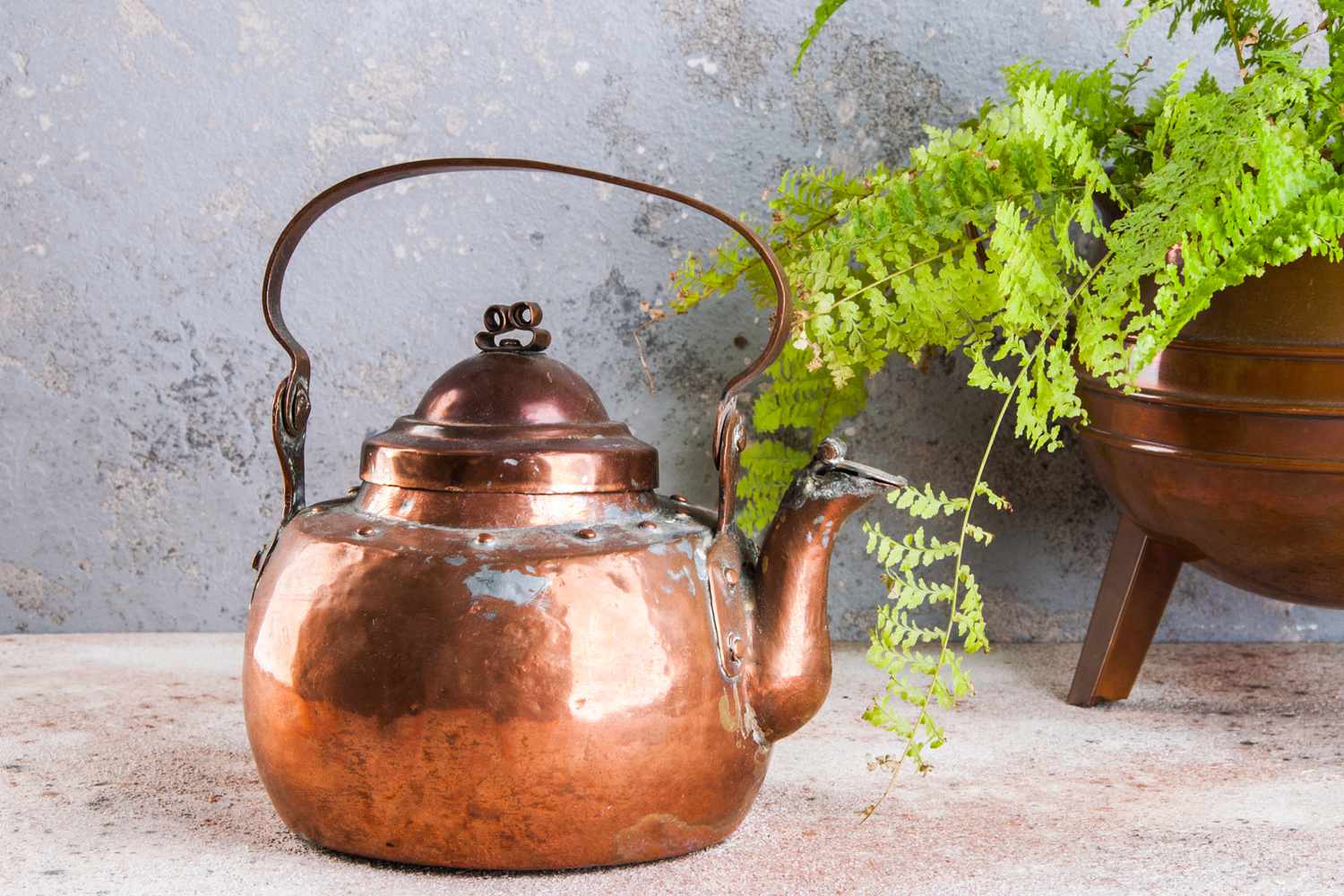
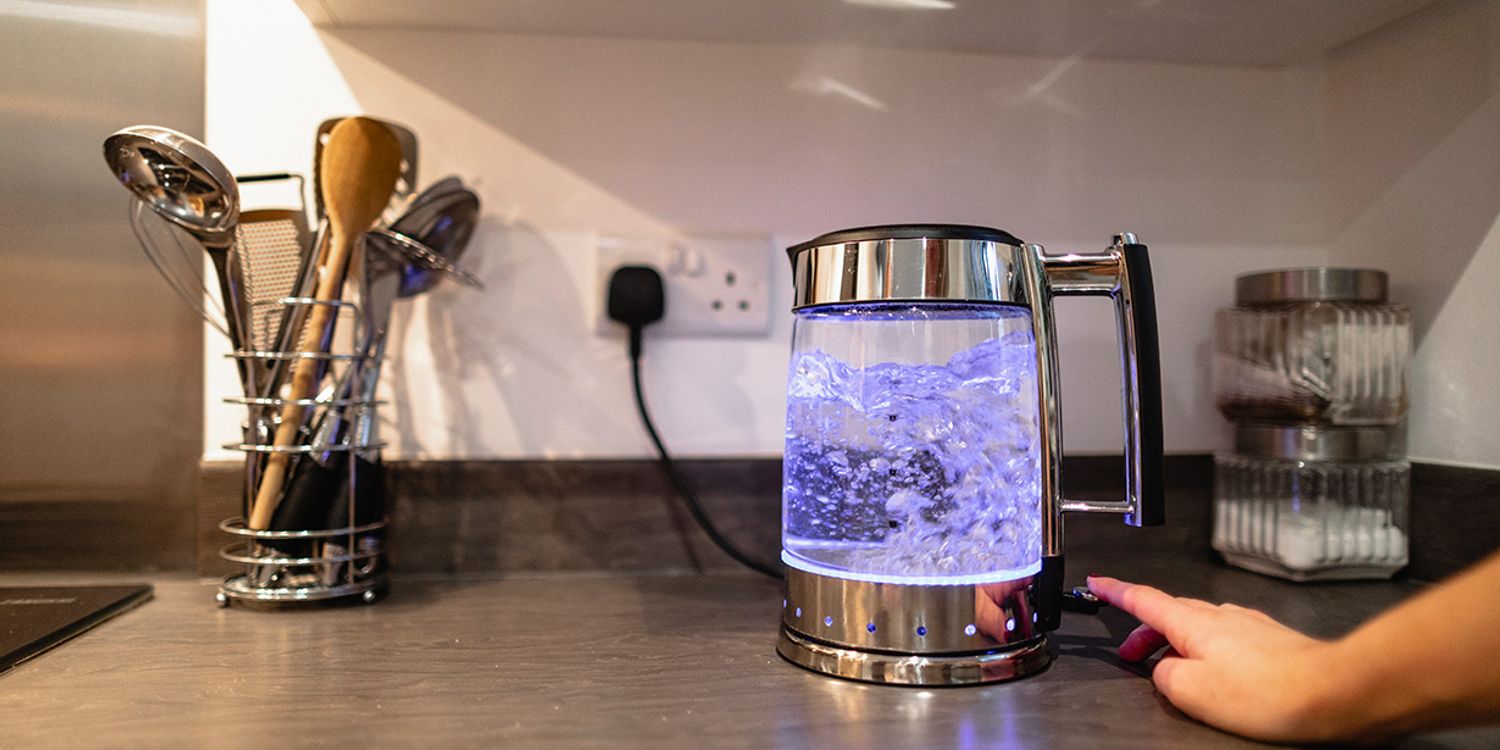
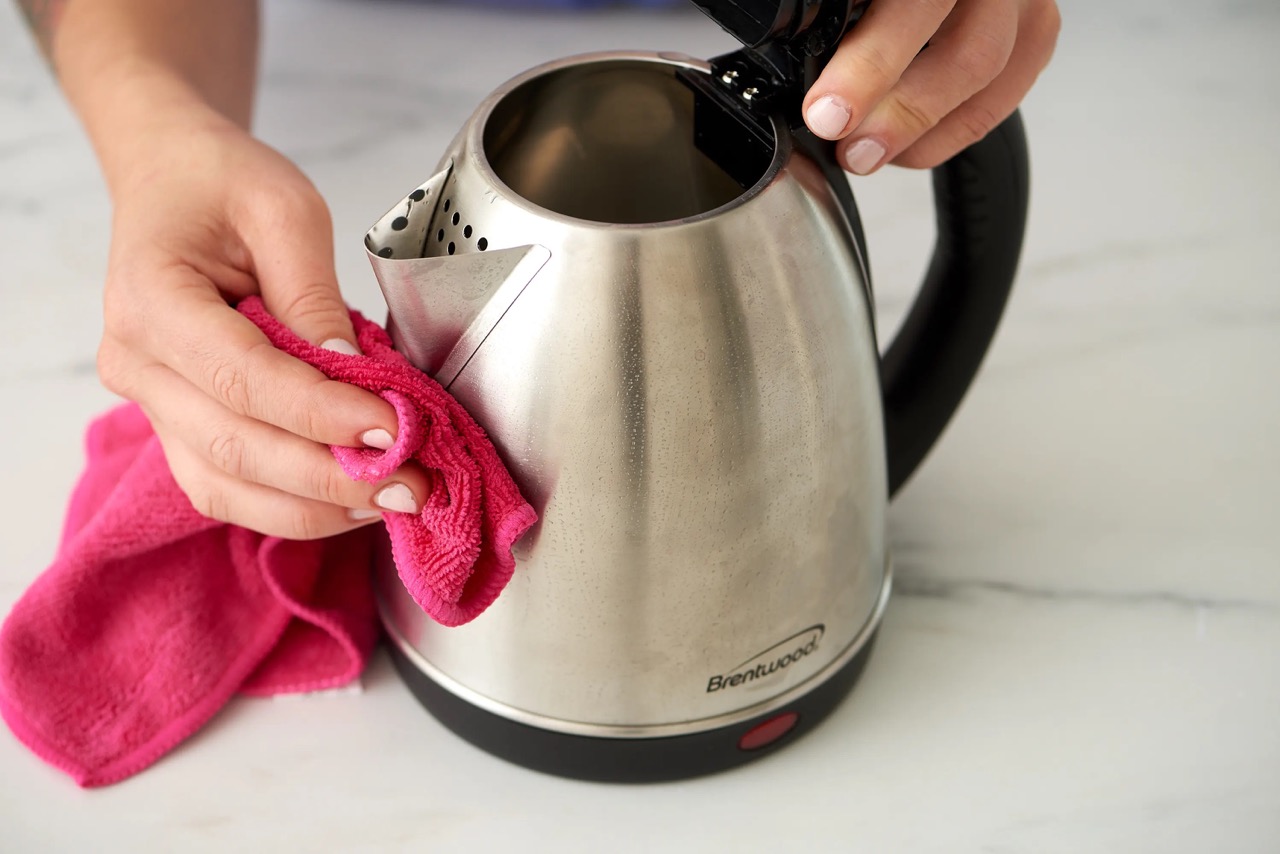
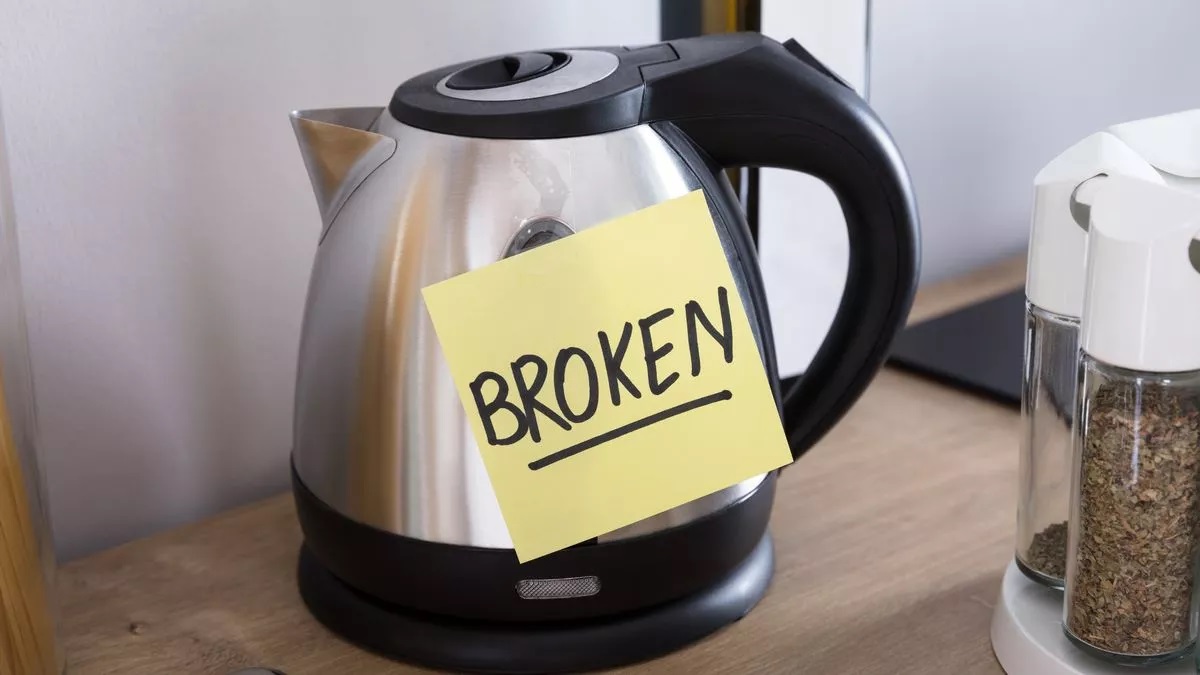
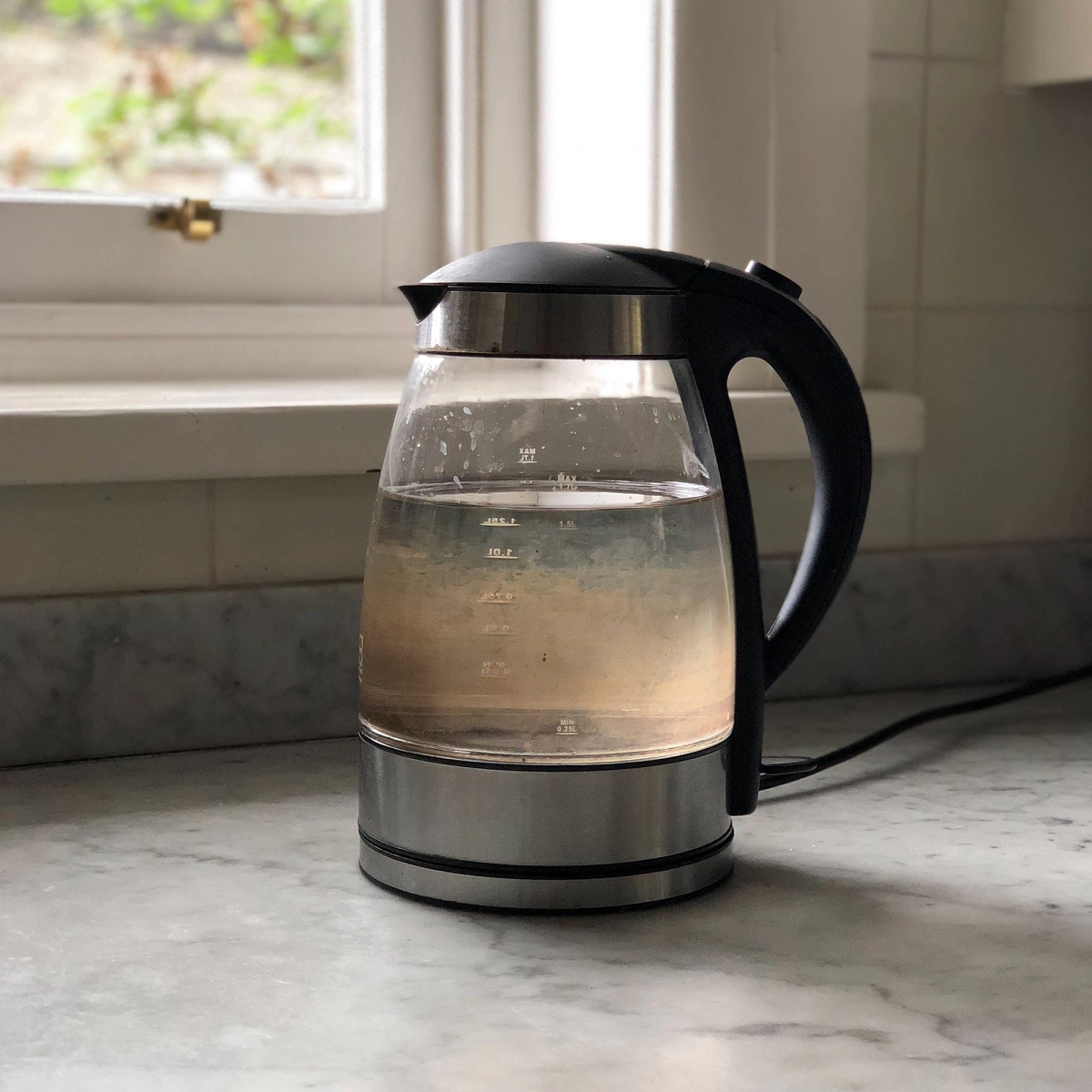
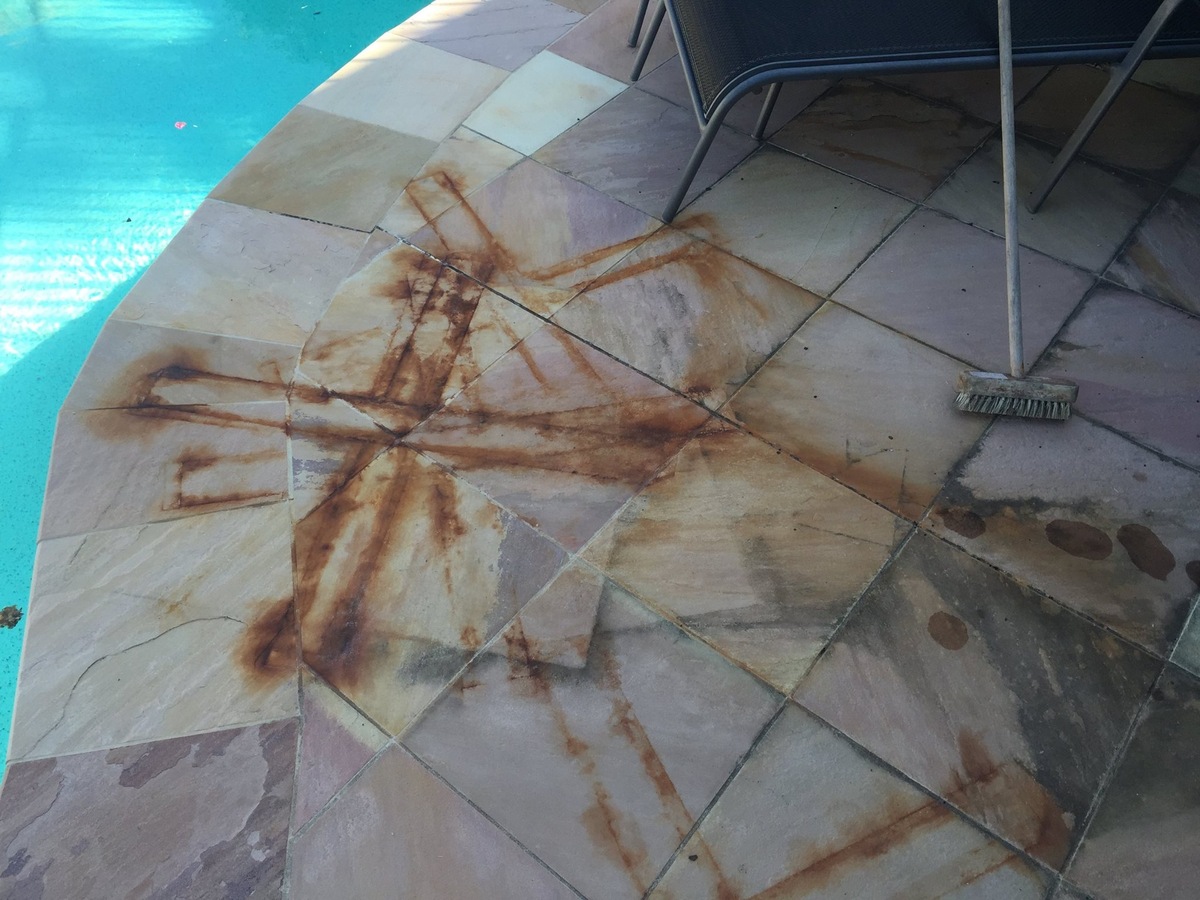
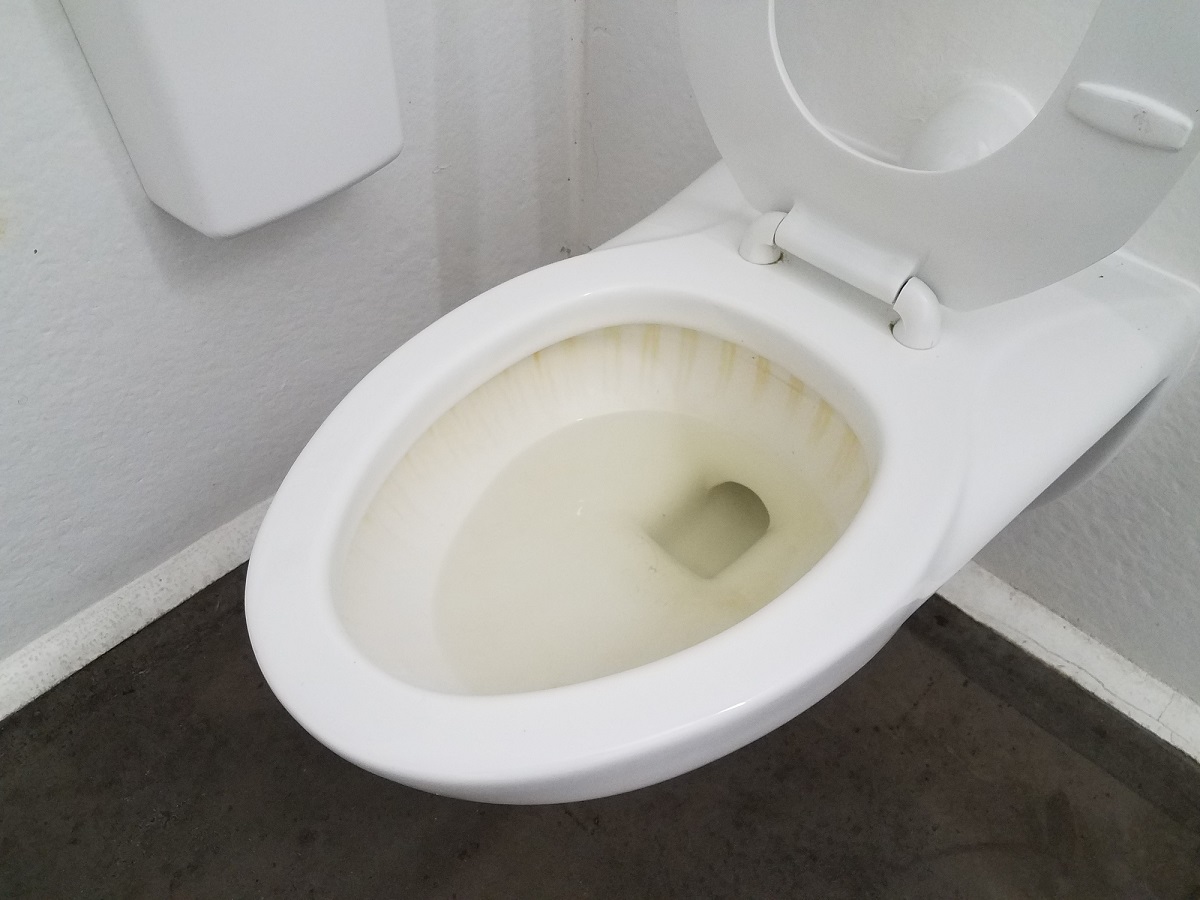
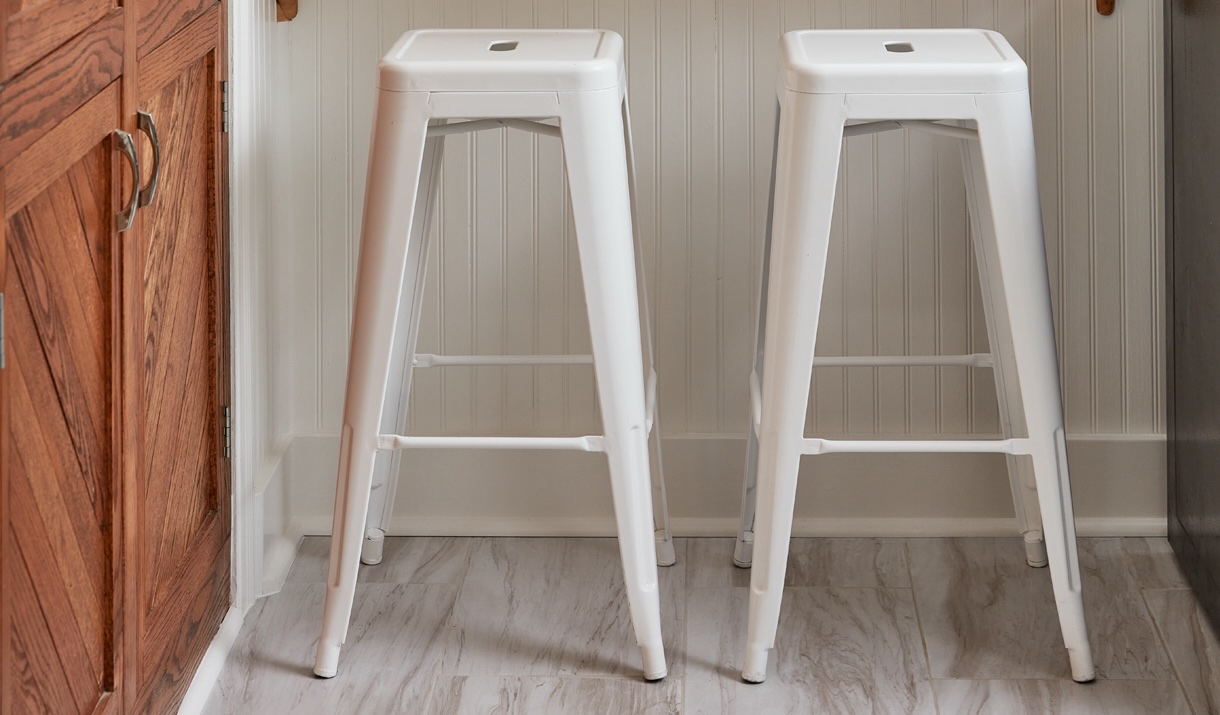
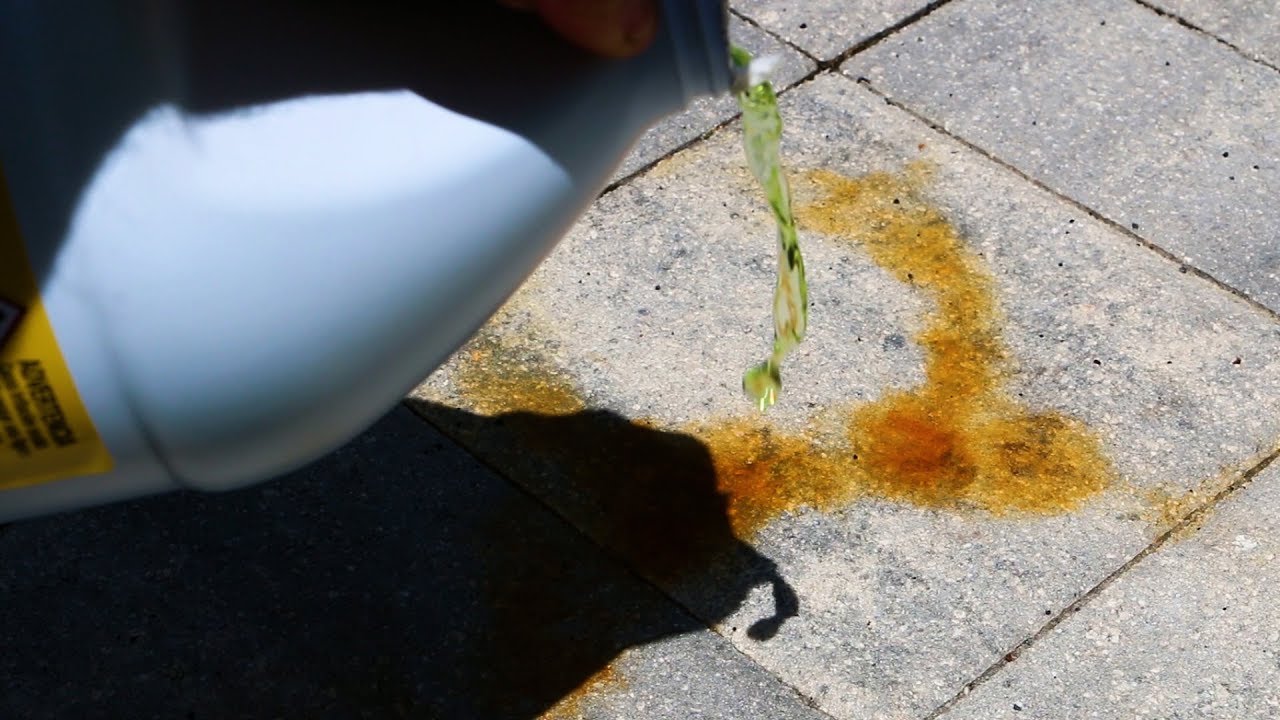
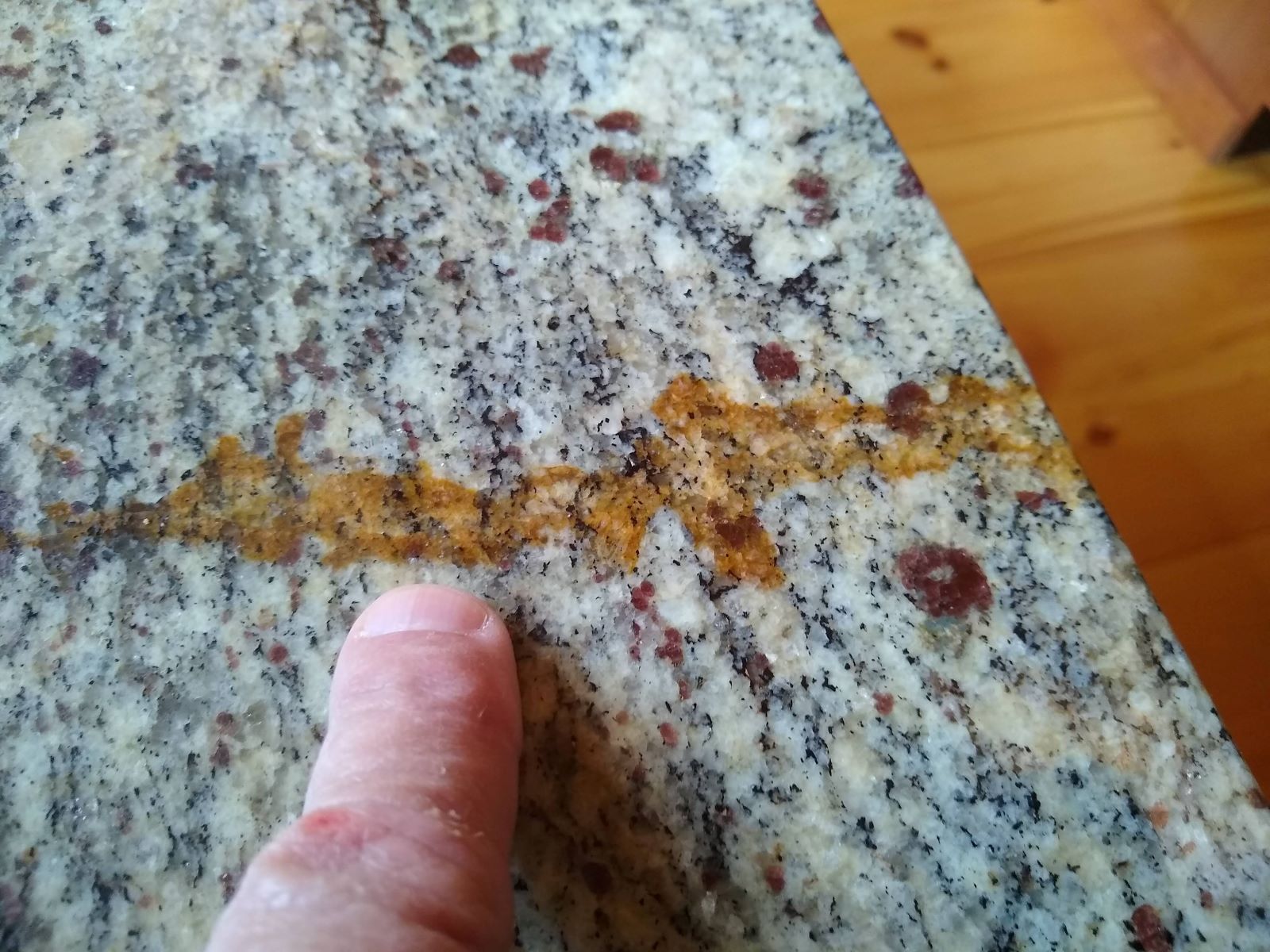
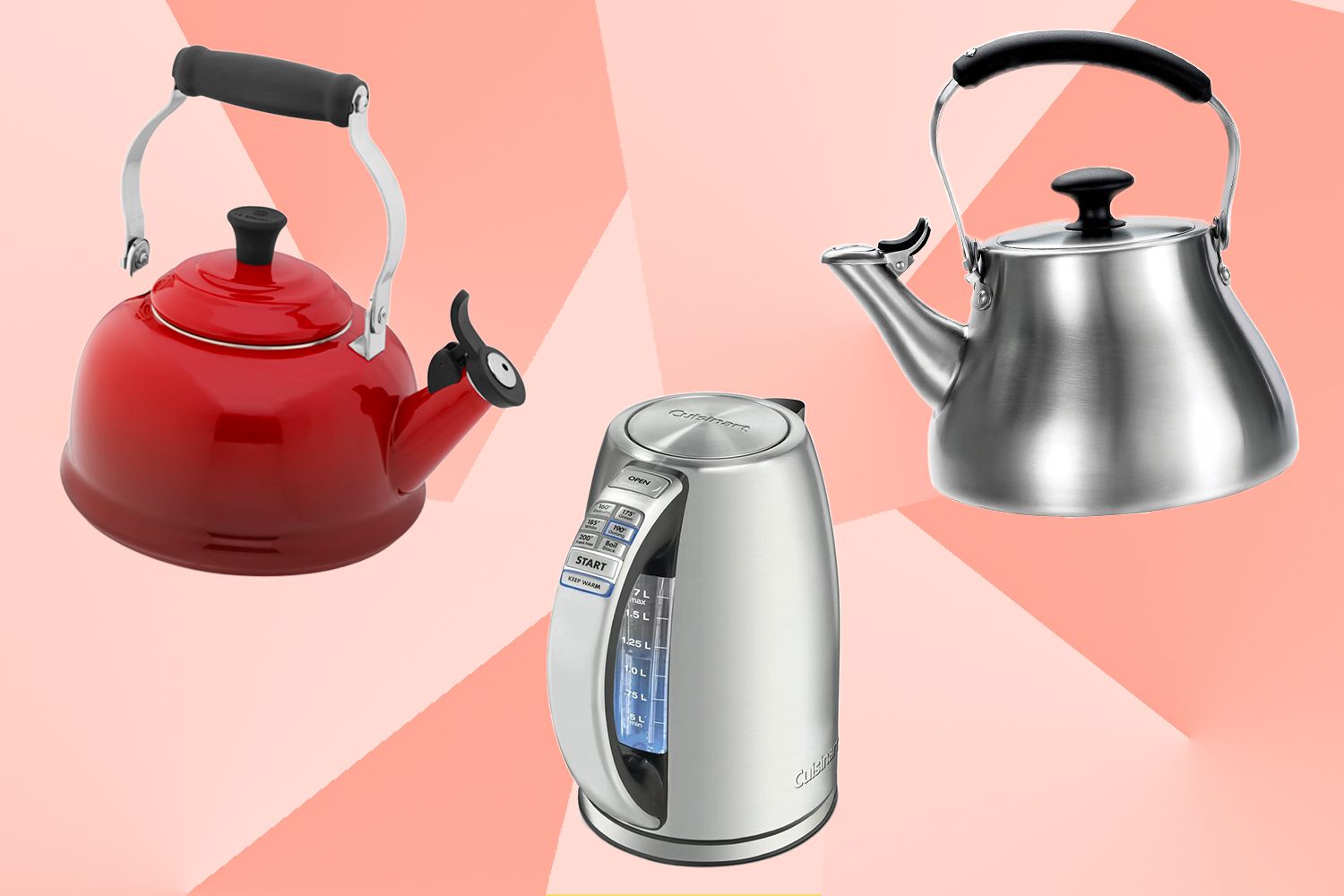

0 thoughts on “How To Get Rust Out Of An Electric Kettle”